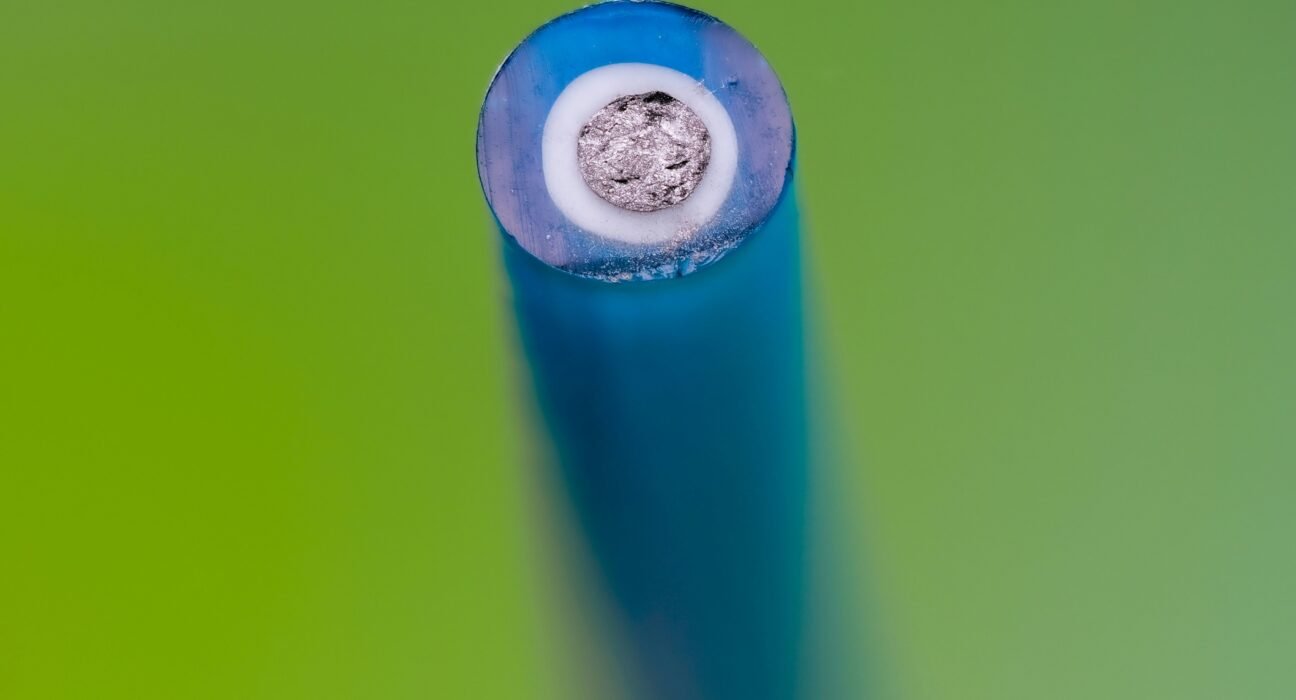Russian scientists have discovered new properties of intertype superconductivity – a rare state that combines the features of type 1 and type 2 superconductors. Previously, it was believed that impurities and defects prevent its occurrence, but it turned out that, on the contrary, they can enhance it. As reported at the Higher School of Economics, this discovery will help speed up the development of superconducting materials for quantum technologies and sensors.
Researchers from the National Research University Higher School of Economics and Moscow Institute of Physics and Technology studied how electrons behave in intertype superconductors. These materials occupy an intermediate position between two known types of superconductors, the properties of which were described back in the 1950s by the Gunzburg-Landau theory. According to this theory, defects could disrupt superconductivity, but scientists have found that electrons from different energy bands react to impurities differently. This opens up the possibility of controlling the properties of such materials, for example, by irradiating them with ions.
Physicists suggest that such superconductors could become the basis for new technologies. They can be used to create highly sensitive sensors, quantum devices and detectors. The discovery also changes the nearly 70-year-old understanding of superconductivity and shows that the combination of disorder and multiband effects can dramatically change the characteristics of materials.





